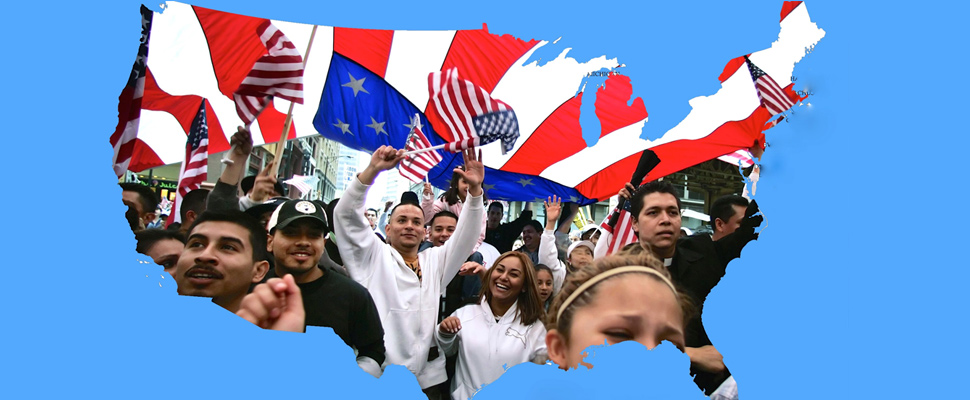Why Hispanics in USA deny their Latin roots?
A study conducted by Pew Research Center reveals that from third generation, Hispanics do not identify themselves as such

Currently, there are 42.7 million adults of Hispanic ascendency residing in the United States. Of these, 5 million, approximately 11%, do not consider themselves as such and reject their Latin roots. This is the data extracted from a study conducted by the Pew Research Center, which shows that this situation occurs in those immigrants of second and third generation. On the contrary, it does not happen in those who have been residing little time in the country.
Among those born of American parents, but with immigrant grandparents, the percentage that is identified as Latino reaches 77%. However, if fourth-generation immigrants are asked, that is, those whose great-grandparents were immigrants, the percentage drops to 50%.
Two factors seem to be the main reasons: first, the temporal and relational distance between the first generation and, second, the increasingly common mixed marriages.
Another important factor has to do with discrimination, since 40% of respondents admit that they had problems when people found out that their origin was Latino. On the other hand, those Americans of Hispanic origin, who did not recognize themselves as such, the percentage was reduced to only 7%.
Furthermore, when deepening in the identity recognition, important factors such as the origin place appear. While the majority of first generation immigrants still refer to their place of birth to describe themselves, in the second and third generation the country of origin of their ancestors is mentioned only by 36% and 26% respectively.
Of course, another important reason is language. If more than half of the children of immigrants speak Spanish and English, this bilingual capacity is reduced to 26% in the grandchildren of immigrants, who already have the language of Shakespeare as their main language.
Likewise, customs are also being lost. For example, the traditional ‘Quinceañera’ party, very popular in Latin America, is hardly celebrated among third- or fourth-generation Hispanic Americans. This means Hispanics of third and fourth generation have less contact with the traditions that were preserved by their parents or grandparents.
In terms of demography, although first-generation immigrants were married or later married with people also from Latin American countries by 93%, unions of this type in the third generation fell by up to 35%. This behavior not only occurs in the family environment, but also extends to friendship relationships.
The first immigrants lived in areas and neighborhoods with a high percentage of neighbors from similar countries, while their grandchildren and great-grandchildren now reside in neighborhoods in which Americans are the majority.
However, despite these data, there is one that contradicts them all, and it is that of the Latino population in the United States in absolute terms. If in 2015 the Latino population accounted for 18% of the total demography of the country, in 2065 it will reach 24%.
LatinAmerican Post | José María González
Translated by Marcela Peñaloza





